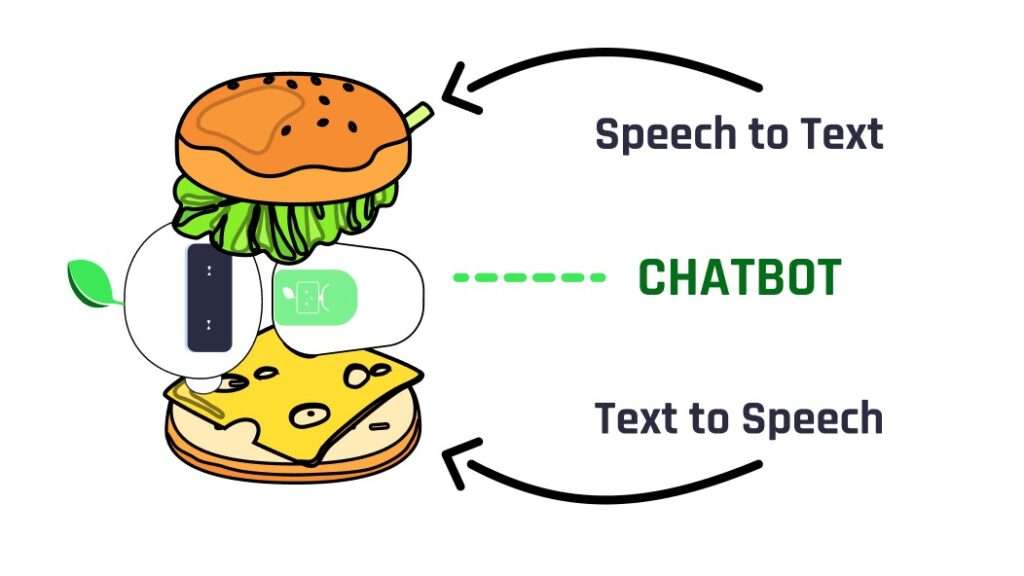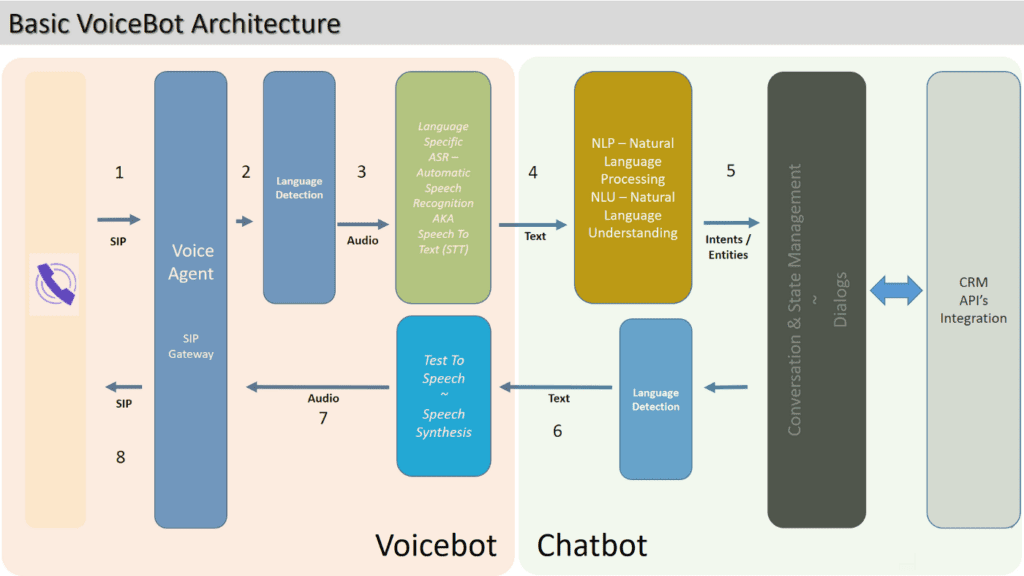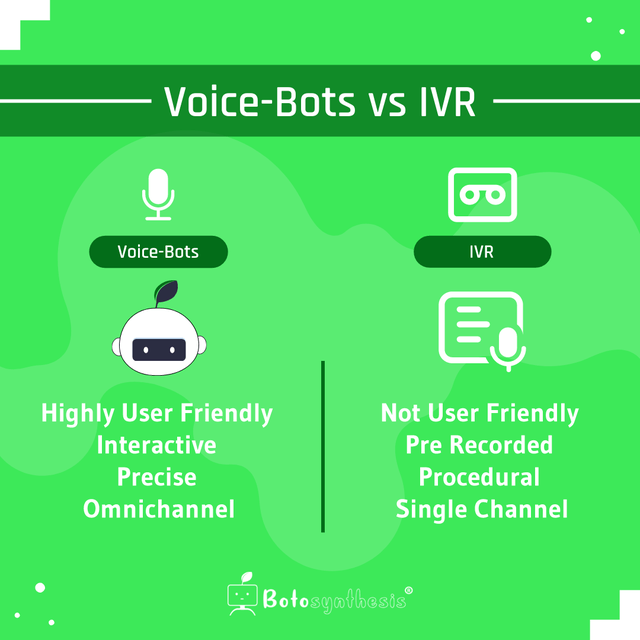Preface
Most of the people in my network are from the generation that has seen customer support evolving from being completely manual to this era of end-to-end automation.
And in this journey, a major change that many companies adopted was Interactive Voice Response aka IVR.
To save cost and to avoid managing massive staff for customer support,
companies started shifting most of the customer support to IVR systems and reducing human intervention.
Initially, it was loved for a while as people were liking the way it worked automatically. But the fun didn’t last for a long time and very soon people started getting irritated by it.
This had a very negative impact on customers as IVR was not customer friendly anymore but repetitive and inconvenient.
If you are reading this post, just ask yourself…do you like to engage with an IVR system?? I’m very sure that the answer is NO.
And according to my guess, just like most people, you try to navigate your way through the IVR to somehow talk to a human agent.
If you are wondering how did I guess it…well, I have a few secret superpowers.
Jokes apart, concerning the time we have such a deep-rooted negative perception of IVR systems that it spoils our moods as soon as we listen to a robotic voice on the phone call.
Because of the same reason, I believe that IVR is going to be obsolete very soon and they will be replaced by the new AI-based Voicebots.
About Voicebots
“Voicebot”, if we dissect this word we get two terms “Voice” and ‘Bot”.
It simply means a Bot that can communicate using voice capabilities.
If you are not a techie, you can visualize it as a sandwich in which a chatbot(patty) is fixed between two layers(Bread) of Speech to Text(STT) and Text to Speech(TTS) engines.

And if you really want to understand it technically, refer the image below and for a complete technical explanation please check the article by Cobus Greyling in the Sources section.

Why Voicebots
The simple reason to adapt voicebots is the absolute user-friendliness and convinience that it provides.
Voice bots are far more user-friendly than IVR because of the following reasons:
- Convenience — Voicebots understands you and what you are trying to say. You just have to speak your heart out and it’s AI who is going to put effort to understand it. On the other hand, while talking to an IVR it’s you who has to put the effort to listen to everything that the robotic voice says and choose the correct option.
- Less Waiting Time — In an IVR you have to wait for the voice to narrate all the available options before you reach the desired one. But in the case of the voice bot, you can directly speak about your request.
- Homogeneous Input — In voice bots the input and output both are through a voice medium but in the IVR the output is through voice and the input is through the key press. This is extremely inconvenient if you don’t have an earphone.
- Smartness — Voicebots understands the detail of the conversation, they can parse the user intention and the entities that the user is talking about. On the other hand, the IVR is entirely rule-based and hence far less intelligent.
- Understanding Sentiments — Voicebots are powered by sentiment analysis and NLP which allow them to understand the expression and mood of the user. It allows the voice bot to carry out a much better conversation.

If you are having an IVR system or having manual customer support for your business it’s time for you to rethink.
And at @Botosynthesis we believe that why do it ourselves when we can get it done by AI. So, Let AI Do It For You.








